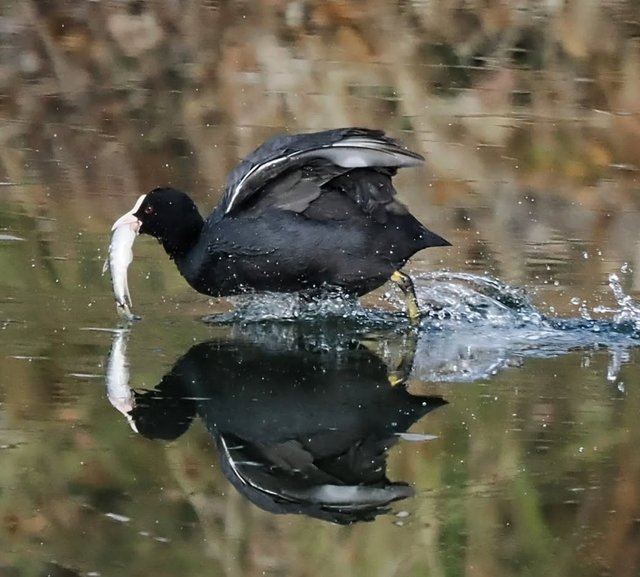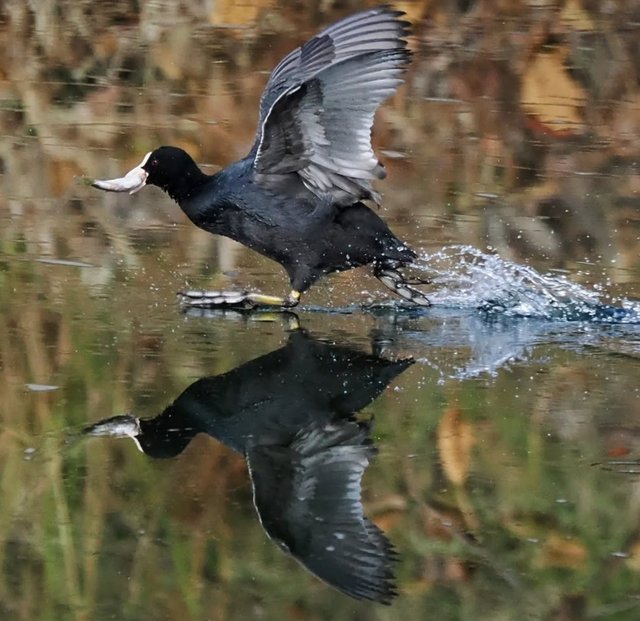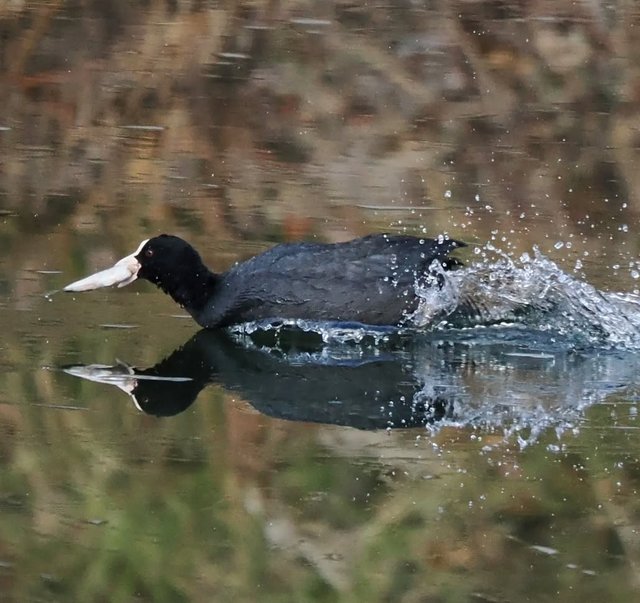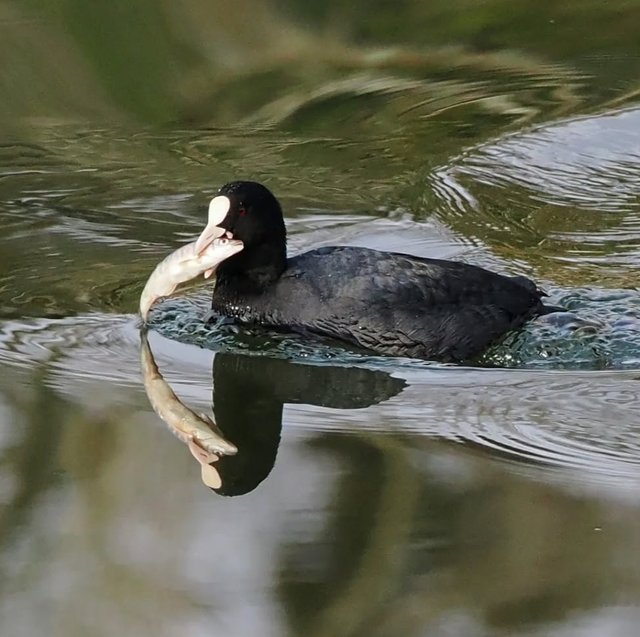The Eurasian coot is a fascinating and resilient bird that has captured the interest of birdwatchers and ecologists alike. Recognizable by its striking black plumage and white frontal shield, this waterbird thrives in a variety of wetland habitats across Europe, Asia, North Africa, and Australia. Its adaptability and intriguing behaviors make it a subject of study and admiration.
Physical Characteristics
The Eurasian coot is a medium-sized waterbird, measuring about 36–42 cm in length, with a wingspan of 70–80 cm. Its most distinguishing feature is its white bill and shield, which contrast sharply with its charcoal-black body. Juvenile coots, however, are lighter in color, with pale gray feathers and less pronounced facial shields. The bird's robust, lobed feet allow it to navigate both water and land efficiently, making it an excellent swimmer and walker.
Habitat and Distribution
Eurasian coots are highly versatile in their choice of habitat. They are commonly found in freshwater lakes, ponds, marshes, and slow-moving rivers. Their distribution spans a vast range, from the temperate regions of Europe and Asia to parts of Africa and even Australia. This adaptability to various climates and environments highlights the species' resilience.
During the winter months, Eurasian coots often migrate to warmer regions, forming large flocks in coastal wetlands and estuaries. Their migratory behavior is influenced by food availability and the freezing of inland water bodies.
Diet and Foraging
The Eurasian coot is omnivorous, feeding on a mix of aquatic plants, algae, insects, crustaceans, and small fish. Its diet largely depends on seasonal availability. Equipped with a sharp bill, it forages by diving underwater or grazing on the surface. Coots are known to be aggressive foragers, often chasing off competitors to secure food resources.
Behavior and Social Structure
Coots are highly territorial, especially during the breeding season. Males fiercely defend their nesting sites, often engaging in aggressive displays and fights with rivals. Despite their territorial nature, coots exhibit remarkable social behavior during the non-breeding season, forming large flocks for safety and efficient foraging.




Thanks For Reading
Device Information
| Device | Redmi Note 10 Pro |
|---|---|
| Lens | 64 mp |
| Location | Bangladesh |
